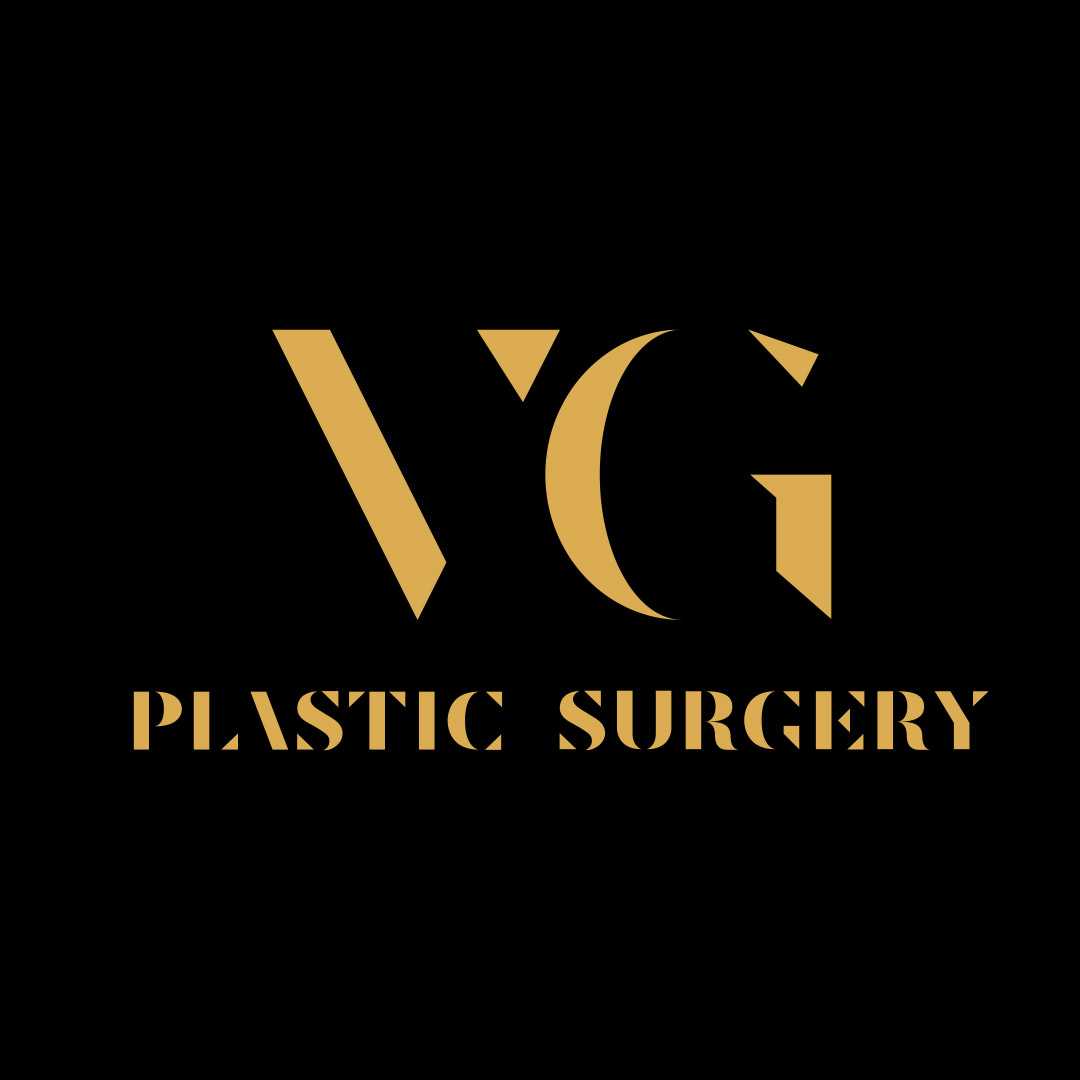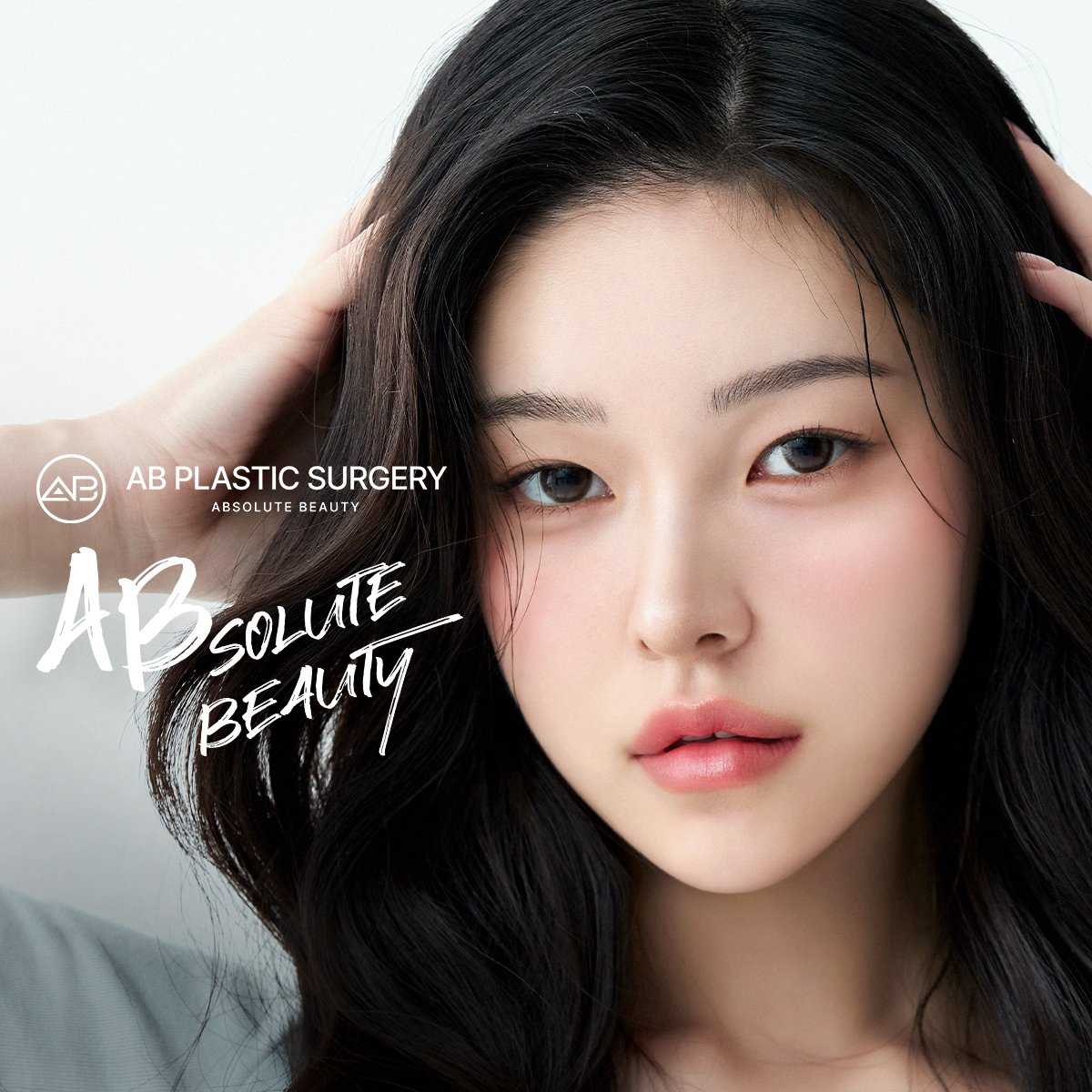The Truth About Skin Whitening in Korea: Benefits vs. Potential Side Effects

South Korea is globally recognized as a powerhouse of cosmetic dermatology and aesthetic innovation. The pursuit of "chok-chok" (moist, dewy) and luminous skin has led to the development of highly advanced skin whitening treatments that attract a global clientele. From sophisticated laser toning to the popular glutathione IV drips, clinics in Seoul offer a vast array of options to achieve a brighter, more even complexion. However, while the technology is cutting-edge and the dermatologists are highly skilled, it's essential for prospective patients to have a realistic understanding of the potential side effects. No cosmetic procedure is entirely without risk, and being informed is the first step toward a safe and successful outcome.
The term "skin whitening" itself can be a misnomer; the goal of most treatments in a clinical setting is not to drastically change one's natural skin color but to treat hyperpigmentation, sun spots, melasma, and achieve an overall brighter, more uniform tone. The potential side effects of skin whitening treatments in South Korea are generally the same as they would be anywhere else, as they are related to the biological response to the treatment itself. The key difference in South Korea often lies in the rigorous protocols, advanced technology, and comprehensive aftercare designed to mitigate these risks. This guide will provide a detailed overview of the common side effects associated with the most popular skin whitening procedures offered in Korea, helping you make a well-informed decision.
What are the side effects of laser toning treatments?
Laser toning is a cornerstone of skin whitening in South Korea. It works by delivering targeted energy deep into the skin to shatter excess melanin pigment, which is then cleared away by the body's immune system. While it's highly effective, the laser energy does create a controlled thermal effect, which can lead to several temporary side effects.
Most patients experience the following immediately after a session:
- Redness (Erythema): This is the most common side effect and looks similar to a mild sunburn. It typically resolves within a few hours to a day.
- Mild Swelling (Edema): Some slight puffiness in the treated area is normal and also subsides quickly.
- Tingling or Itching: The skin may feel slightly itchy or sensitive as it heals.
In rarer cases, or if post-treatment care is not followed, other issues can arise. Post-inflammatory hyperpigmentation (PIH) is a condition where the treated skin becomes darker for a period before it lightens. Conversely, hypopigmentation (lightening of the skin beyond the desired tone) can also occur, though this is less common with modern lasers. The risk of these side effects is higher for individuals with darker skin tones and underscores the importance of treatment by a dermatologist experienced with various skin types.
Are there risks associated with Glutathione IV Drips?
Glutathione IV drips, often marketed as "Beyoncé" or "Cinderella" drips, are incredibly popular in South Korea for their purported full-body skin brightening and antioxidant benefits. By delivering glutathione directly into the bloodstream, it's thought to inhibit melanin production more effectively than oral supplements.
However, introducing any substance intravenously comes with potential risks. Common and generally mild side effects include:
- Bruising, redness, or pain at the IV insertion site.
- A feeling of nausea or lightheadedness during or immediately after the infusion.
- Mild headaches or stomach cramping.
More serious, though rare, side effects can occur. Some individuals may have an allergic reaction, which could manifest as a skin rash, hives, or, in severe cases, difficulty breathing. Long-term, high-dose use has been anecdotally linked to lower zinc levels and potential strain on the kidneys or liver, although research is ongoing. It is crucial that these treatments are administered in a sterile clinical environment under medical supervision. The U.S. FDA has not approved glutathione injections for skin whitening, highlighting the need for caution and consultation with a qualified doctor.
What side effects can chemical peels cause?
Chemical peels use acid solutions (like glycolic acid, salicylic acid, or TCA) to exfoliate the top layers of the skin, revealing smoother, more evenly pigmented skin beneath. Korean dermatology clinics often use a series of gentle, layered peels to achieve results with minimal downtime.
Even so, some side effects are an expected part of the healing process:
- Redness and Peeling: The extent depends on the peel's strength. For light "lunchtime" peels, this may be minimal. For medium peels, redness can last several days, followed by noticeable peeling.
- Increased Sensitivity: The newly exposed skin will be very sensitive, especially to the sun. Strict sun avoidance and use of high-SPF sunscreen are non-negotiable to prevent complications.
- Breakouts: Some people may experience temporary breakouts as the peel purges pores, a condition sometimes called "skin purging."
The primary risk with chemical peels is improper application or incorrect aftercare, which can lead to burns, scarring, or post-inflammatory hyperpigmentation (PIH), especially in individuals with darker skin tones. This is why it's vital to have peels performed by an experienced professional who can select the right type and concentration of acid for your specific skin type and concerns.
Can topical whitening creams have dangerous side effects?
While many effective and safe brightening ingredients exist (like Vitamin C, Niacinamide, and Kojic Acid), more potent prescription agents require careful medical supervision. In South Korea, dermatologists may prescribe creams containing hydroquinone or retinoids for stubborn pigmentation.
The risks associated with unsupervised use of these potent ingredients are significant:
- Ochronosis: A rare but serious side effect of long-term, high-concentration hydroquinone use, causing a permanent blue-black discoloration of the skin.
- Skin Atrophy: The misuse of strong topical steroids can thin the skin, making it fragile and susceptible to tearing, stretch marks (striae), and visible blood vessels (telangiectasia).
- Contact Dermatitis: Allergic reactions or irritation can occur, presenting as redness, itching, and blistering.
It is also critical to be wary of unregulated products purchased online, which have been found to contain harmful substances like mercury. A key advantage of seeking treatment in South Korea is receiving a proper diagnosis and a prescription for a safe, effective, and regulated topical product from a qualified dermatologist.
How can the side effects of skin whitening be minimized?
The high standards of care in South Korea's top dermatology clinics are centered around minimizing these risks. Your journey should always begin with an in-depth consultation where the dermatologist assesses your skin, discusses your goals, and reviews your medical history. This is the time to be honest about any skin sensitivities or allergies.
The most critical factor in preventing side effects, particularly pigmentation issues, is post-treatment care. Korean clinics are known for their meticulous aftercare protocols, which always include:
- Strict Sun Protection: Using a high-SPF, broad-spectrum sunscreen daily is mandatory. This protects the vulnerable, healing skin from UV damage that can reverse the treatment's effects or cause hyperpigmentation.
- Gentle Skincare: You'll be advised to use gentle, hydrating cleansers and moisturizers and to avoid harsh exfoliants, scrubs, or active ingredients like retinoids and acids for a specified period.
- Avoiding Heat and Strenuous Activity: For a few days after laser or peel treatments, it's wise to avoid intense exercise, saunas, and hot showers that can exacerbate swelling and redness.
By entrusting your care to a qualified professional and committing to the aftercare plan, you can significantly reduce the likelihood of adverse effects and achieve the beautiful, luminous results you desire.
Ready to explore safe and effective skin whitening options from world-class experts? PlacidWay connects you with leading, pre-vetted dermatology clinics in South Korea. Find the right specialist for your needs and get a personalized, no-obligation quote. Click here to start your journey to brighter skin with PlacidWay today!


.png)







.png)






Share this listing